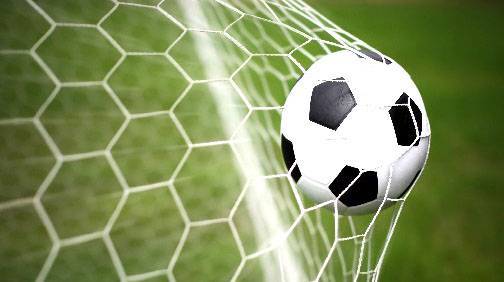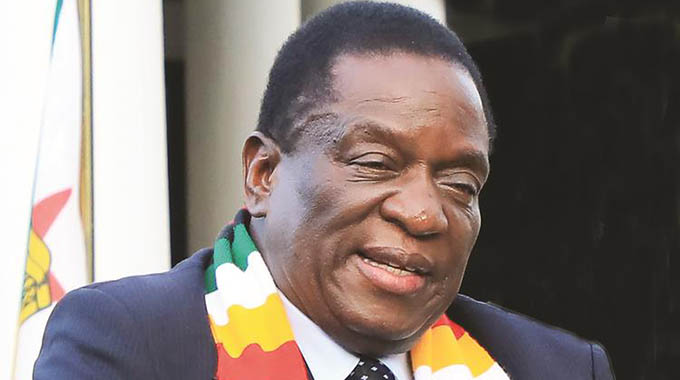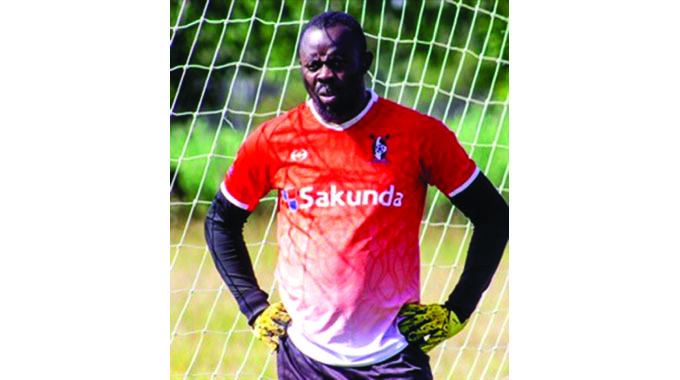Domestic giants trail real heavyweights

Robson Sharuko Senior Sports Editor
THEY call themselves domestic football giants but, when it comes to the rapidly changing world where digitalisation is now key, the so-called big boys are still mere kittens.
Dynamos have always prided themselves as the biggest football club in the country while Highlanders have both the size and the age.
CAPS United have spent their lifetime knocking on the door and challenging the big boys.
There was a time when the Glamour Boys were ranked as high as sixth on the continental table, back in the days when they flexed their muscles and reached the semi-finals and finals, of the CAF Champions League.
They had a huge support base to match their lofty ambitions, with their home games attracting an average 20 000 per league match, while — during the 1998 Champions League campaign — they averaged about 50 000 at the National Sports Stadium.
But, times have changed.
The Glamour Boys haven’t won a league championship in half-a-dozen years and interest in their product, in an era where every decent footballer who emerges on the scene is poached by the Super Diski moneybags, has also dwindled.
On good days now, a crowd of 7000 fans at Rufaro will be considered a fine return, in terms of earnings from gate receipts, by the DeMbare officials.
Highlanders have become the domestic Premiership cash cow, overtaking Dynamos as the league’s star attraction, when it comes to their power to woo fans to the stadiums, with the Bulawayo giants having the highest average attendance figures in the past few years.
But, Bosso have not won the league title in 14 years now, their best campaign for the ultimate prize coming at a time when DeMbare, under the guidance of Callisto Pasuwa, were the immovable object, with the Bulawayo giants twice, losing the battle on goal difference.
The Green Machine, whose vice-president Nhamo Tutisani, continues to preach the gospel for a change in direction in which his club will become more of a commercial vehicle than a social football team, have been battling the league’s dominant two for some time.
Then, of course, there is FC Platinum.
The Zvishavane side have won the last three league titles, and claim they are the new kings of the kraal even though they are yet to convert their success into numbers, in terms of supporters, across the country.
But, whatever the domestic battles for supremacy, the grim reality remains that the local football clubs remain lightweights, when it comes to embracing technology, and moving with the times in an era where digitalisation has become a key weapon for the clubs.
Where sponsors, intending to go into bed with the clubs, ask such questions like — how many followers do you have on Twitter, how many followers do you have on Facebook, how many followers do you have on Instagram?
It’s an area where the domestic clubs still fall short, when compared to their rivals on the continental scene, and the statistics released by the African Football Digital Benchmark yesterday, told a sorry story.
None of the local clubs have a digital presence big enough to enable them to make the top 65 of the clubs on the continent, which is itself a reflection of how our top football brands remained trapped in a quagmire of both mediocrity, and amateurism, at a time others are galloping into full professionalism.
‘‘There are currently 66 (African Football Clubs) with more than 100 000 within their (official) social media communities,’’ African Football Digital Community said in their report.
‘‘There is so much more potential.’’
Egyptian powerhouse, Al Ahly, who battled FC Platinum in the CAF Champions League this year, dominate the list with a digital community of 27 million people, about twice the population of Zimbabwe.
They have 12 million followers on Facebook, five million followers on Instagram and seven million followers on Twitter.
The other considered social media pages are Periscope, LinkedIn and YouTube.
Their biggest Cairo rivals, Zamalek, are in second place with a digital community of 12 million people spread over four million Facebook followers, one million Instagram followers and four million Twitter followers.
Raja Casablanca, the Moroccan football powerhouse, are in third place with a digital community of six million people spread across four million followers on Facebook, one million followers on Instagram and 154 000 followers on Twitter.
Khama Billiat’s Kaizer Chiefs are in fourth place with a digital community of five million people spread over across three million followers on Facebook, 519 000 followers on Instagram and one million followers on twitter.
Their biggest rivals, Orlando Pirates, are in fifth place with a digital community of four million people spread across two million followers on Facebook, 284 000 followers on Instagram and one million followers on Twitter.
Tanzanian giants Simba SC have moved into the top 10 with a digital community of two million people spread across 619 000 followers on Facebook, one million followers on Instagram and 208 000 followers on Twitter.
Their biggest rivals, Young Africans, are in 16th place, Kaitano Tembo’s SuperSport are in 23rd place, Ajax Cape Town are in 23th place, ASEC Mimosas, who beat Dynamos to the Champions League title in 1998, are in 29th place while Botswana’s Township Rollers find themselves in 32nd place.
Given this is a country of about 2.2 million people, Rollers’ digital community of 334 000, representing about a seven of their entire population, spread over 284 000 Facebook followers, 28 000 Instagram followers and 21 000 Twitter followers, is impressive.
South African clubs — Bidvest Wits (33), Maritzburg United (36), Amazulu (37), Golden Arrows (39) and Platinum Stars (50) — complete the top 50.
Zambian club, ZESCO United, are in 65th place.








Comments